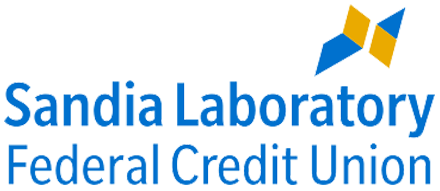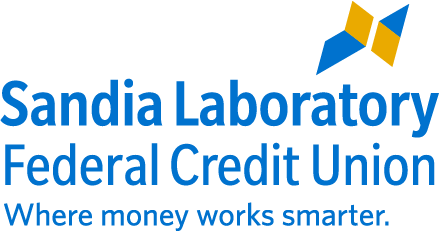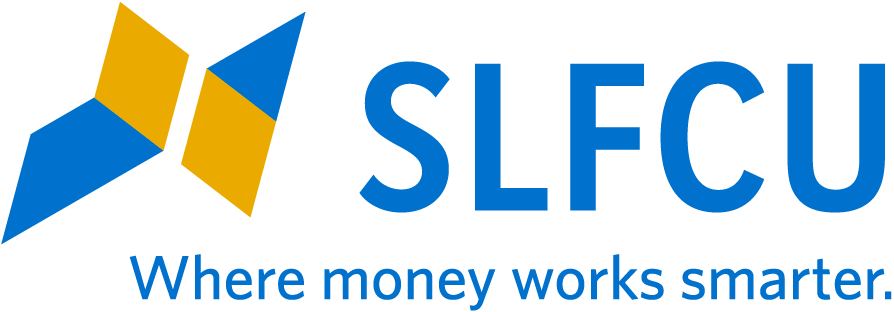Kick-Start a Savings Habit With SLFCU
SLFCU Offers Several Ways to Maximize Your Hard-Earned Dollars
On average, Americans put about 4% of their disposable income into savings.1 Fifty-seven percent have less than $1,000 in savings, and one-third of Americans have less than $100 in savings.2
That may not be enough to be fully prepared for an emergency or to make a big purchase such as a vacation or down payment on a home. While exact amounts will vary depending on your income and expenses, a good rule of thumb is to aim to put at least 15% of your pre-tax income into savings. Having sufficient savings is vitally important to be financially healthy.
The good news: It’s never too late to start a savings habit. The GREAT news: If you’re an SLFCU member (or become one), we have several ways to seriously ramp up your savings. A round-up of our options follows.
POWER MONEY MARKET ACCOUNT
Get our highest yield on your lowest deposit amount (up to $2,500) with a Power Money Market Account. Funds deposited above $2,500 earn lower rates that are applied in tiers. Rates for each tier are blended into a single rate that applies across the entire deposit amount. No matter how much you deposit, you’ll enjoy a higher rate than with a traditional savings account, with easy access to your funds when you need them. Learn more – and use our handy calculator to see how much you could earn.
MEGA CERTIFICATE
This 14-month term certificate special offers a great APY with a minimum $5,000 deposit in new money – that’s money that is not already on deposit at SLFCU. Learn more.
FLEX ACCOUNT
Unlike most term certificates (known at banks as certificates of deposit, or CDs), our 16-month FLEX Account gives you a great rate AND the ability to withdraw up to 50% of the funds once per calendar month, penalty-free! Learn more.
TERM CERTIFICATE SPECIALS
SLFCU offers limited-time certificate specials with great rates. Learn about our current specials.
*APY = Annual Percentage Yield.
1 U.S. Bureau of Economic Analysis, April 2023: bea.gov/data/income-saving/personal-saving-rate
2 GoBankingRates.com, March 2023: gobankingrates.com/money/how-do-americans-savings-stack-up-in-2023-vs-2022
« Return to "View All Articles"


